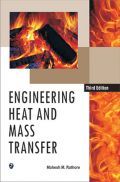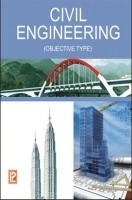Almost all major construction projects are undertaken now-adays in a highly competitive environment with a rush to meet deadlines. The designs are also competitive to cut costs and sophisticated construction machinery is deployed to expedite the progress of work in order to meet the scheduled dates. Side by side, it so happens that the site activities are handled sometimes by subcontractor's men not properly trained or qualified. When all these factors are compounded with negligence, complacency, construction errors or material deficiency, the project is likely to be prone to frequent safety hazards and accidents resulting in damage to life and property. To avoid such a situation, safety should be given due importance right from the planning and design stage to the construction field and even during the post-construction service period.
This book Useful for Mechanical Engineering students.
1. Concept of Systems Approach to Safety Management
2. Instability, Hazard Scenario and Limit States
3. Safety Considerations in the Design of Steel Structures
4. Safety Considerations in the Design of Concrete Structures
5. Corrosion and Related Safety Hazards
6. Safety Hazards Due to Excessive Deflection
7. Fire Safety
8. Safety against Noise Pollution
9. Safety against Mechanical Shock and Vibration
10. Safety against Natural Calamities—Earthquake
11. Safety Against Wind Hazards
12. Safety againstNatural Calamities–Landslide
13. Safety against Natural Calamities–Flood
14. Safety in Material Handling and Transportation
15. Safety Practice During Construction
16. Post Construction Safety Management
17. Safety Management in Rehabilitation of Structures
18. Safety during Demolition and Dismantling of Structures
19. Related Important Topics on Safety Management
20. Safety and Reliability
21. Controlling Safety Hazards In Industrial And General Building Construction Work
22. Disaster Management At Construction Sites
Appendix
References
Index


















